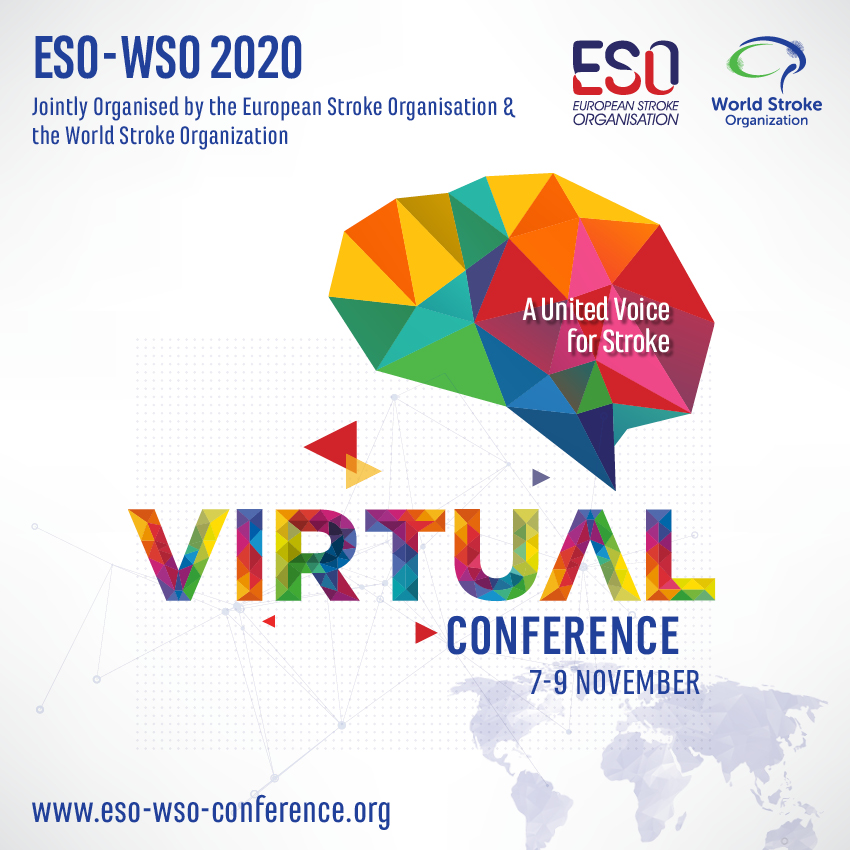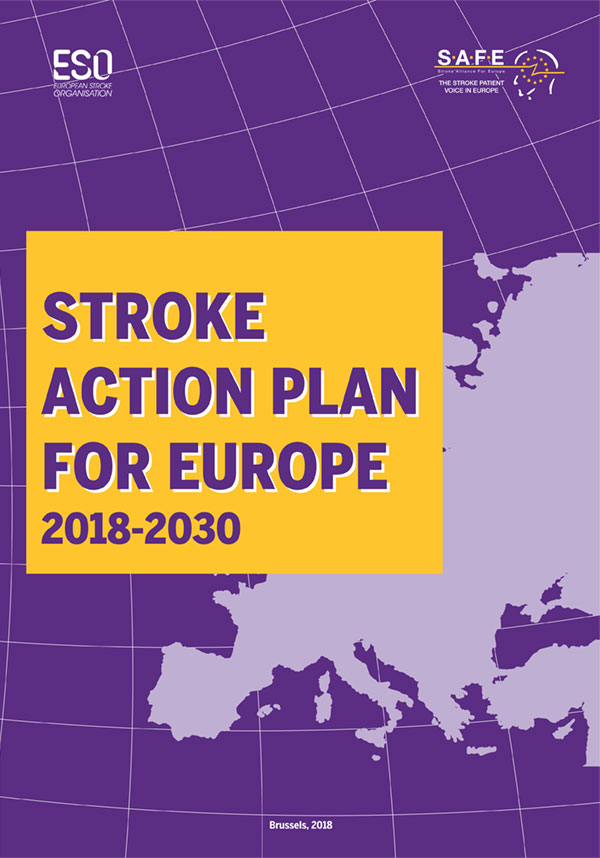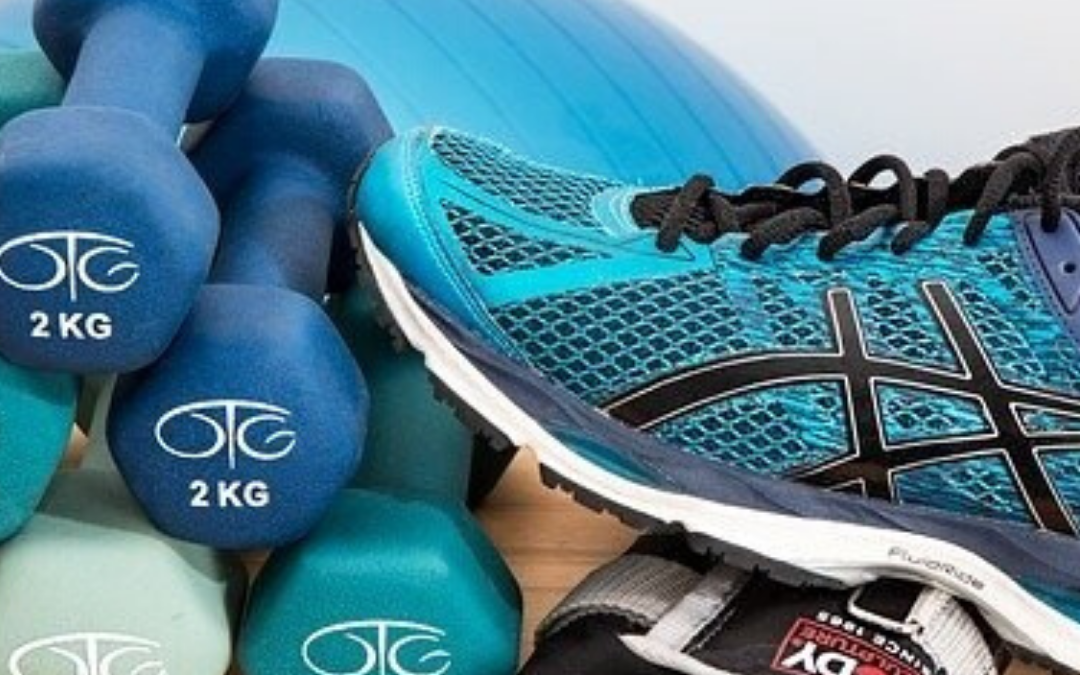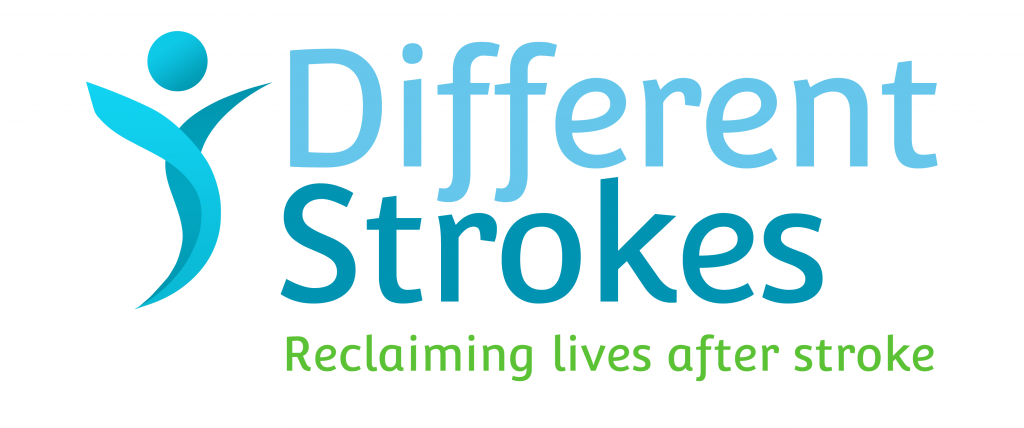
Sep 30, 2020
The European Stroke Organisation-World Stroke Organization 2020 conference has gone digital!
This is a great opportunity to hear about the new and exciting international stroke research that is happening. Here is some more information for you: https://www.youtube.com/watch?v=CBTZ0G1zR3A
SAFE will also have a digital booth at the conference – please visit us!
if you are interested in attending, click here to register: https://eso-wso-conference.org/

Sep 24, 2020
We are delighted to introduce to two new recruits to SAFE’s team!
Caroline is joining us as our new communications manager and Lora as our new campaigns manager. Please join us in warming welcoming them to the SAFE family.
Click here to find our more!

Sep 18, 2020
SAFE recently co-hosted the Stroke Action Plan for Europe ‘kick off’ meeting with the European Stroke Organisation. The Plan 2018-2030 outlines a set of key recommendations that if implemented would improve the care and outcomes for stroke patients and stroke survivors across the whole care pathway.
We brought together stroke support organisation and national scientific societies from all over Europe to discuss how the Plan could be implemented across all European countries. This is a very exciting step towards providing better support to stroke patents and stroke survivors. We look forward to sharing more information with you over the coming months.
Here is the press release for more information

Jul 1, 2020
Today we are launching a call for abstracts for the Ist European Life After Stroke Forum which will be held on 12 March 2021.
Our conference programme covers a range of topical issues in life after stroke as well as cutting-edge developments in response to COVID-19. The programme will comprise keynote lectures by eminent invited speakers supplemented by contributed talks and a poster session. Our draft programme is here.
We are now seeking abstracts for the Life After Stroke Forum, which may give those interested an opportunity to present either a ten-minute oral presentation or a poster presentation.
We are calling on for applications in two areas:
- Scientific applications: this may be for completed for ongoing trials and studies in the broad area of life after stroke.
- Grab and Steal: this is to share experiences of service developments in life after stroke where these original ideas and innovative practices could be used by others.
For more information on how to apply – click here.
“Life after stroke is a neglected area of the stoke care pathway. It is a particularly important issue for stroke survivors and their carers.
To address this issue, SAFE is organising a first of its kind event in Europe – a one day Life After Stroke Forum.
This will create an opportunity for those who have an interest in this area, whether from a research, policy, advocacy, or support oriented perspective, to come together to share and network.
As chair of the European Life After Stroke Forum scientific conference committee I am delighted that SAFE is launching its call for abstracts today. I am looking forward to receiving excellent applications, whether scientifically, or service development focused, from all over Europe”. Professor Avril Drummond
Image by mohamed Hassan from Pixabay

Jun 16, 2020
There is no denying it – we are living in unprecedented times. The coronavirus pandemic has turned lives upside down, prevented people from connecting with friends and family, and for many it has put plans and goals on hold.
Different Strokes have recognised that lockdown has left many from the stroke survivor community feeling increasingly isolated and without the vital support that they need. Support groups have been unable to meet and the networks that we once relied on have been harder to access through the new virtual world.
In response to the pandemic and lockdown restrictions, they have developed a brand-new range of virtual services to ensure you are still able to access the support that you need from the comfort of home. In partnership with PhysioFunction and a talented group of exercise instructors, they are now delivering online exercise sessions at 11am every weekday morning. Not only are these sessions specifically tailored for stroke survivors, but they are set at five different levels, reflecting the large variations in stroke survivors’ physical condition and mobility post-stroke.

The sessions range from being wholly seated exercises for people who have no or heavily restricted movement, to advanced classes for people who can walk independently for long distances. This gives all stroke survivors the opportunity to undertake a form of exercise which is appropriate to their needs.
All the instructors have experience in delivering sessions for Different Strokes local groups and are therefore highly familiar in how to tailor their classes for people with a disability.
To further support the wellbeing of stroke survivors, they have also launched weekly health and wellbeing sessions and are producing weekly interviews with stroke survivors, talking about how they are coping in lockdown and sharing their tips.
Austin Willett, CEO of Different Strokes says: “We know from feedback we have received from stroke survivors how important it is right now for people to be able to exercise and to get advice and support from each other. We are therefore very pleased that we have been able to put these new initiatives together. We are very grateful for the support we have had from other organisations and individuals to develop these in a very short time period, and it is clear from the initial response that they are of considerable benefit. Furthermore, we don’t just see these as temporary services during the lockdown period, and we will be looking to source funding to enable us to continue these in the long-term, so that people who are unable to access a local group or who are isolated in other ways, will still be able to benefit from the services that we offer.”
You can access these resources using the following links:
Different Strokes Website: www.differentstrokes.co.uk
Different Strokes YouTube: http://bit.ly/2LmFF8F
Different Strokes Facebook: https://bit.ly/3dK8cPw
About Different Strokes
Different Strokes are a charity based in the UK. The organisation is run by younger stroke survivors for younger stroke survivors. They aim to promote independent stroke recovery and help younger stroke survivors and their families to reclaim their lives.”


Jun 5, 2020
NEWS RELEASE 29th May 2020, Geneva
The World Stroke Organization (WSO) has published a radical strategic framework that aims to transform prevention of stroke and dementia.
Published in latest edition of The Lancet Neurology, the WSO Declaration on Global Prevention of Stroke and Dementia, recognizes the commonality and reciprocity of stroke and dementia risk and calls for urgent action by governments and healthcare policy bodies to address the limitations of current prevention strategy. Over the past ten years the adult lifetime risk of stroke has increased from 1 in 6, to 1 in 4.
Without new evidence-based interventions, the WSO projects a current trajectory of disease that will lead to an annual death toll of 12 million stroke deaths and 5 million dementia deaths by 2050.
Highlighting the need for action in low- and medium-risk populations, who will ultimately represent 80% of the stroke and cardiovascular disease burden, the Declaration identifies four interdependent interventions that will significantly reduce the incidence and prevalence of stroke and dementia. The strategy also takes into account the specific challenges experienced by governments and communities in Low- and Middle- Income countries, putting in place a lower cost alternative to current prevention approaches.
Key principles of the Declaration
1 Adoption of population wide strategies that reduce exposure to stroke risk factors such as tobacco, alcohol and food policies, as well as action to address environmental risk factors, including air pollution, across the lifespan of the whole population.
2 Implement and promote the adoption of motivational mobile technologies, e.g. the WSO endorsed StrokeRiskometer to identify individual risks and support action on lifestyle risk factors among adults.
3 Access to low dose combination of generic blood pressure and lipid-lowering therapies in one polypill for middle age and older adults with at least two behavioural or clinical stroke risk factors.
4 Investment, training and deployment of community health workers to facilitate implementation.
WSO presents combined research evidence that shows a combination of these interventions would lower the incidence and of stroke by 50% and dementia incidence by 30% while contributing to decrease in incidence of other non-communicable diseases which share common risk factors.
Another proposed shift of approach is to change the way risk is communicated to patients, by health professionals. Current categorisation into low-, medium- and high-stroke risk can give a false sense of security for those who are told they are low or medium risk and may not take into account all risk factors that are present. The global stroke body instead calls for a more holistic approach, that places stroke risk on a continuum and encourages early intervention and a life-course approach to risk reduction.
WSO President Prof Michael Brainin, who champions the organization’s prevention effort said ‘COVID-19 has spurred previously inconceivable levels of government intervention and individual behaviour change around the world, but we have been effectively living with a stroke pandemic and a failing prevention strategy for years.
The need for radical action is clear and our prevention principles provide low cost, evidence-based approaches that if implemented globally would not only save millions of lives but would deliver savings of hundreds of billions of dollars annually. This is money that will be desperately needed to strengthen global health systems and to fuel economic recovery in the wake of COVID-19.
For more information please contact Anita Wiseman awiseman@kenes.com
END
Notes to Editors
1 The World Stroke Organization is the only global body solely focused on stroke. With around 90 organizational members from countries in every global region, we represent over 55,000 stroke specialists in clinical, support and community settings. The WSO vision is a ‘life free from stroke’. We work towards this vision through a strategic programme that addresses key factors in stroke mortality and morbidity at global, regional and national levels. Our strategy combines evidence-based advocacy, context-sensitive guidelines, toolkits, clinical education and training programmes and public campaigns that aim to raise awareness of the symptoms of stroke and stroke prevention.
2 WSO is an NGO in official consultative relations with the UN Economic and Social Council and a WHO implementation partner.
Image credits: WSO












